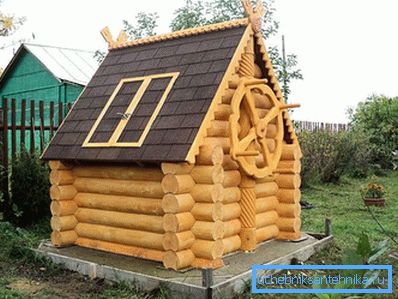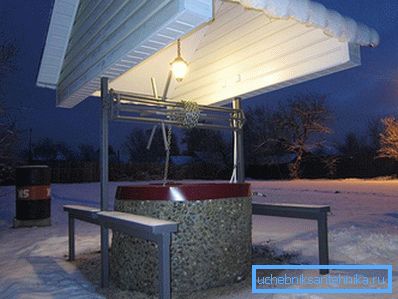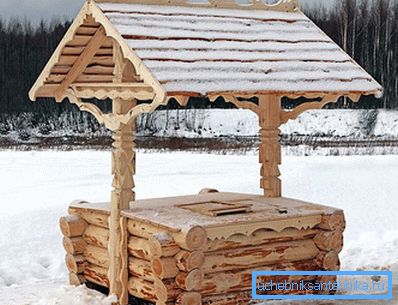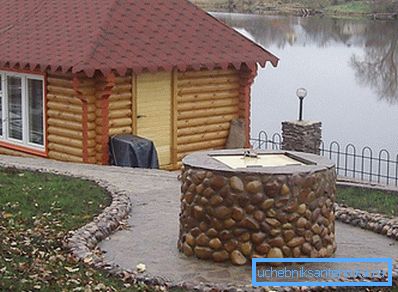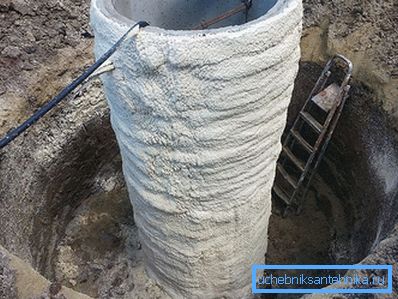Insulation of the well for the winter
Well in some cases is the only source of drinking water in the village, country houses, cottages. In order to use the well it was possible in the winter, without fear that the water might freeze in it, you need to take care of its warming. It will not be a big deal to make warming the well for the winter with your own hands, you only need to decide on the method of warming.
Why and in what cases to warm
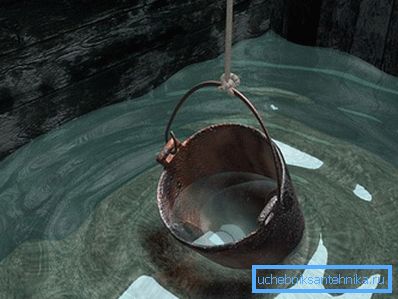
- if the water level in the well is below the level of soil freezing;
- when the walls of the well are made of log, regardless of the water level in the well;
- if the well is used only in summer.
The reasons for which it is necessary to warm the well:
- Water freezing in the well makes it impossible to operate
- When water freezes, the walls of the well undergo deformations, which leads to the formation of cracks in the rings and joints, and as a result, poor-quality ground and surface waters enter the well.
Ways
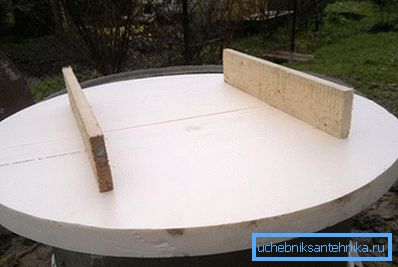
There are several ways with which you can insulate the well, everyone chooses depending on the situation and possibilities.
The easiest way to insulate the well is to install the insulated cover in the well. This method is acceptable in the case when in your area a small depth of soil freezing. With the help of insulated wooden cover frosty air is cut off, and it does not fall into the well. The cover can be built from boards or plywood. The diameter of the lid should correspond to the inside diameter of the well. To do this, from a piece of plywood you need to cut two circles of the desired diameter and join them together with a bar with a thickness of 50 mm.
If the cover is made of wood, then a set of boards is cut out of the prepared template, from which a circle is knocked down. Between the layers (circles of wood or plywood) is placed insulation. As a heater any hydrophobic material is used, as a rule, foam plastic, 5 cm thick. In the lid ventilation holes must be provided to provide fresh air and mounting holes for the hinge, by means of which the lid is lowered into the well and fixed. The cover should not touch the water level.
If not to make air vents, then water will get a musty smell.
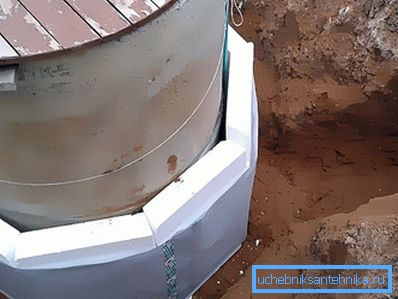
The second method is to warm the external walls of the well. The depth of insulation is determined based on the depth of soil freezing and the water level, and, as a rule, rarely exceeds 1.5 m. For insulation around the well, you need to dig a trench to the depth of the planned insulation. Foam and EPS (extruded polystyrene foam) is used for insulation. Before you attach the insulation, it must be cut into strips of such width that it is as close as possible to the wall. To fix the insulation to the wall of the well, you can use a special glue that is used for wet insulation of the exterior walls of houses, or just wrapped with wire. It is better to fill the trench with clay, thus, you get a clay castle that prevents surface water from seeping into the well.
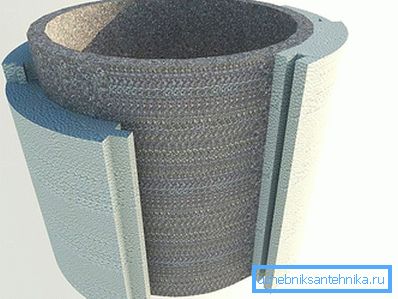
You can do without cutting insulation, and buy a special casing. To date, special foam covers of different diameters are produced, which consist of two halves, tightly adjacent to the wall of the well, and are connected with the help of locks.
In order not to warm the well above ground level, you can install a warm lid inside the well, which was written above, lowering it to the depth of the surface.
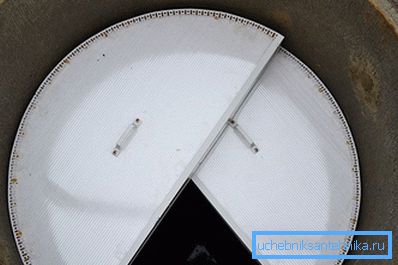
It makes sense to install the lid when water in the well is piped into the house through a pump. If the water from the well is typed in a bucket, then it will be extremely inconvenient to operate the well, it will be necessary every time you need to draw water, pull the lid. In this case, the best option would be to build a wooden house in the form of a log house. It will be at the same time both warming, and dressing of reinforced concrete rings. A warm lid should be attached to the well on top. The lid should consist of two parts, interconnected by loops, in order to be able to use the well, without removing the lid entirely, and discarding only half of it. In the gap between the frame and the reinforced concrete ring should be filled with expanded clay.
The most economical option is considered to be the insulation of the well with polyurethane foam. First you need to dig a trench around the well, and then use a spray gun to apply insulation to the walls, after drying a three centimeter layer of insulation is formed. The part that is above the surface must be protected from ultraviolet light by painting with oil paint.
Video
To this video, the author shows how he made the cover for the well:
Watch the video about the insulation of the blind area and the well base. To this end, the reinforcement of the well area of the well was made and concrete was cast:
A photo
